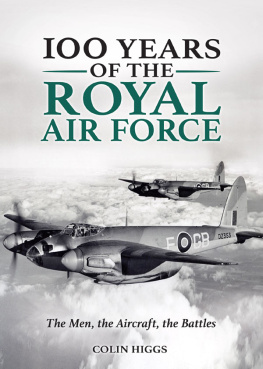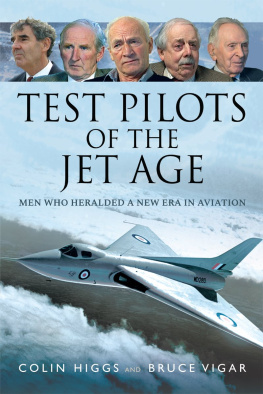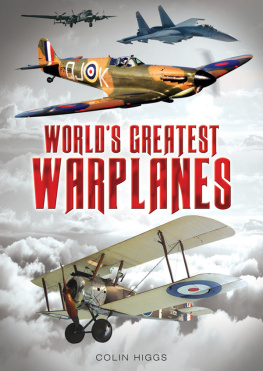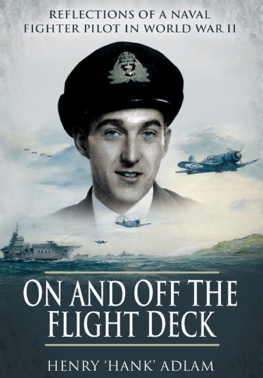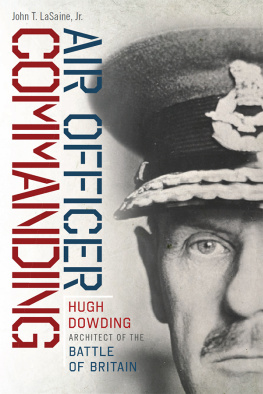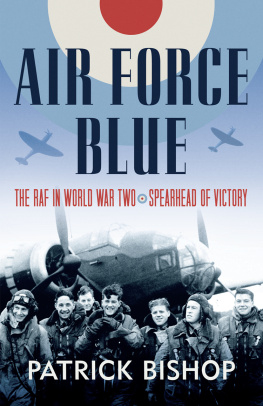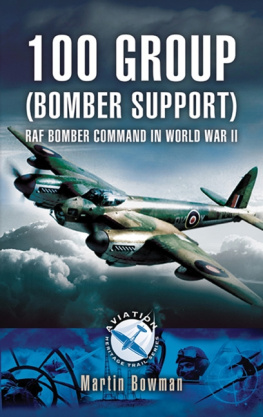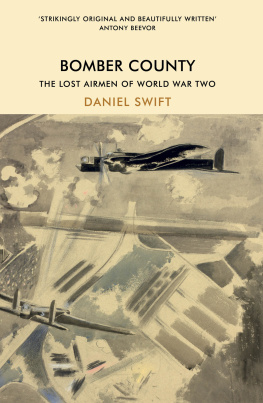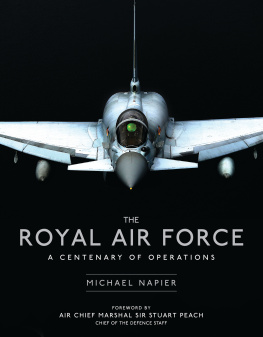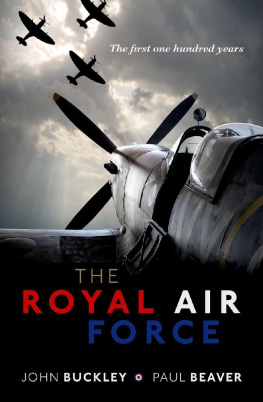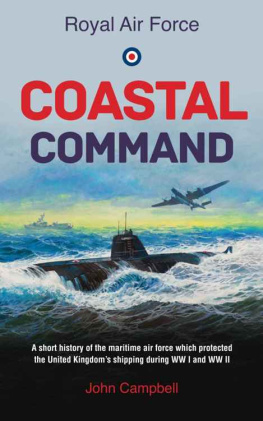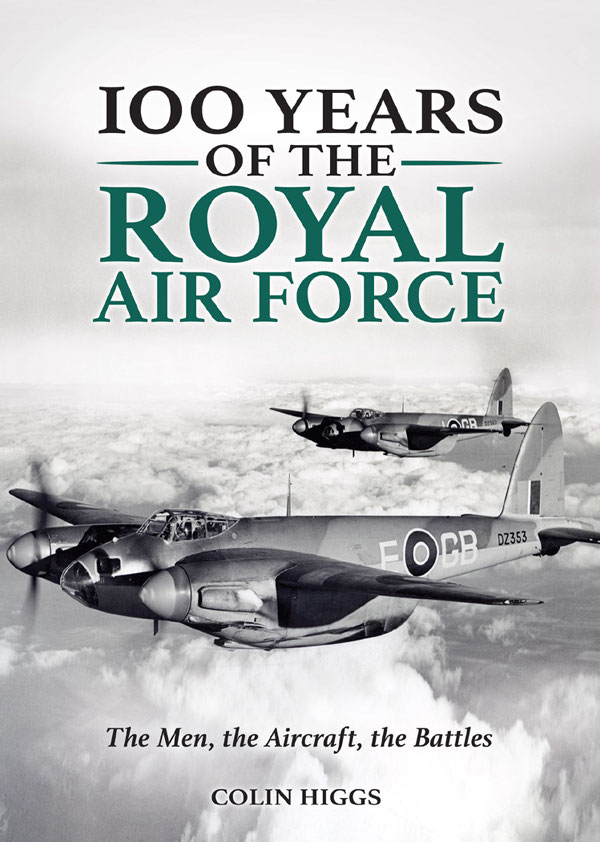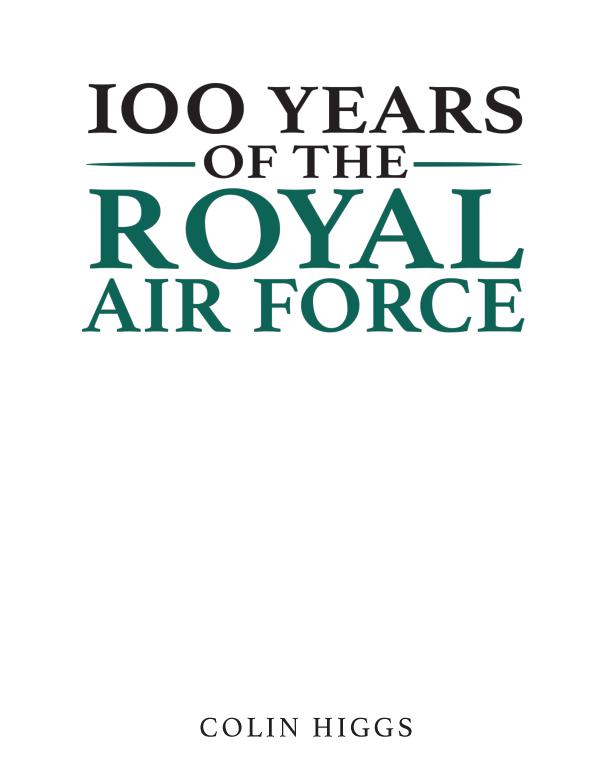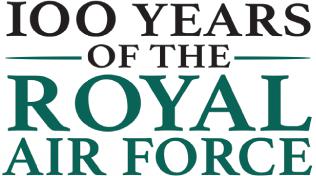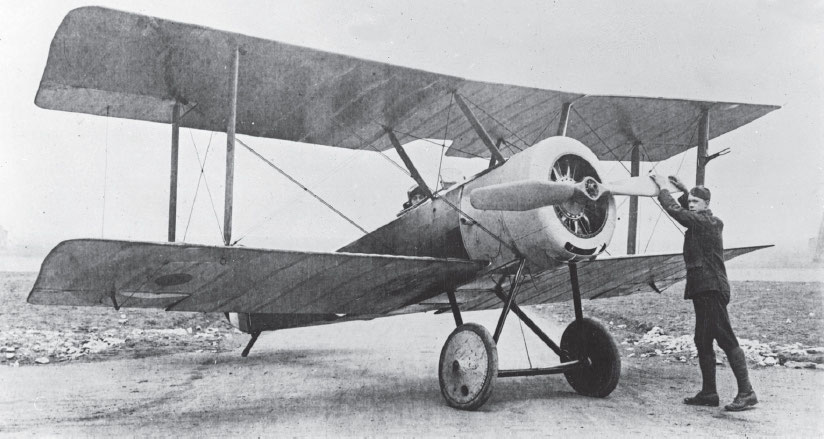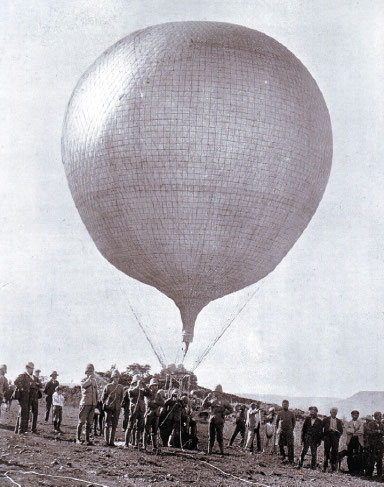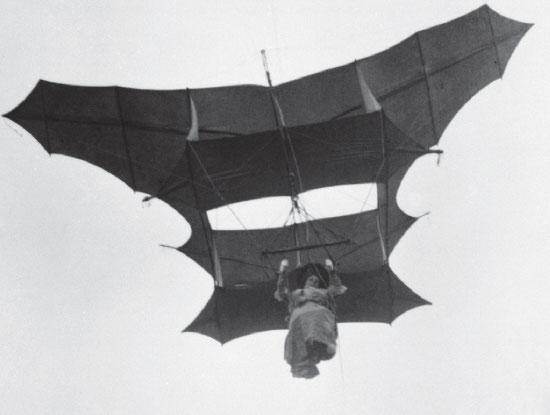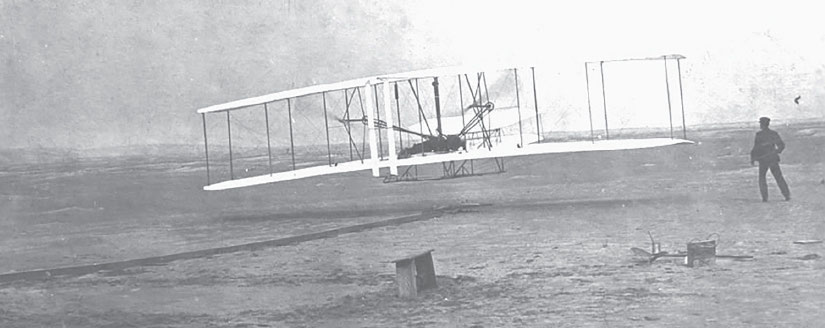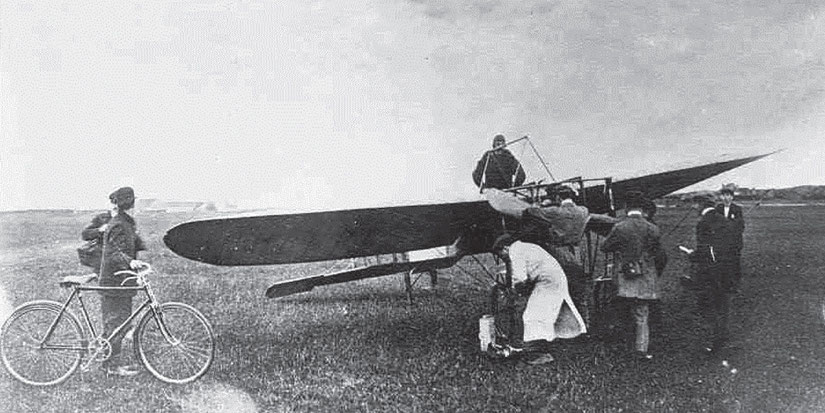During the course of the 20th Century battlefields changed dramatically and it is the aeroplane that created the biggest change of all. This is because the aeroplane can go virtually anywhere unrestrained by sea or land, at any time very quickly and fire weapons of unimagined ferocity and accuracy and gives commanders the perspective of the battlefield only achieved by height.
The Royal Air Force has been central to the evolution of air power and the technologies that have made the aeroplane the decisive weapon of the last 100 years. It is also the oldest independent air force in the world with origins that take it back to the earliest days of powered flight.
Perhaps Britains most important aircraft of the First World War, the Sopwith Camel was used by day and night, by the RFC, the RAF and the Royal Navy and equipped more than 70 allied squadrons
Late in life the Duke of Wellington went on a journey with the author and MP John Wilson Croker. During the journey they tried to guess what kind of terrain they would find over the next hill. Croker expressed surprise at Wellingtons success but was told Why, 1 have spent all my life in trying to guess what was at the other side of the hill. This remark was to become the definition of a commanders need to find out what was happening beyond the range of the naked eye or a pair of binoculars.
Hot air and gas balloons had been used in warfare for decades. Despite early attempts by the Royal Engineers to find a place in the British Army for this basic form of aviation it was not until the Boer War that the balloon made any serious impact.
While balloons were still in their infancy, the army extended development to airships and kites, trying to find some measure of control over position and mobility.
But all changed on a windy December morning in 1903, among the storm-battered dunes of Kittyhawk, North Carolina. Two brothers, Orville and Wilbur Wright, took it in turns to make short powered flights in their machine, the Flyer.
A British military balloon at the siege of Ladysmith during the Boer War in 1899
With its small light petrol engine and a system of moveable surfaces they didnt just fly the Flyer they controlled its flight.
By 1908 the Wright brothers had already made flights of up to 24 miles. Then they spent a year in Europe trying to sell patents and giving flying demonstrations. They claimed that the aeroplane would make war impossible.
Samuel F Codys wife demonstrating a passenger-lifting kite designed for military use c1906
The British military was sceptical so it was left to pioneers like flamboyant American showman, Samuel F. Cody, to lead the way. Cody had developed man-carrying kites and he had taught kiting to the British army but his real interest lay in powered flight.
In October 1908 his British Army Aeroplane No.1 managed several short flights at Farnborough. Although this and other experiments in powered flight were funded under the auspices of the balloon factory at Farnborough the War Office was not disposed to spend further money. Sceptics who had opposed the development of balloons now turned their attention to aircraft and argued that the English Channel removed the need for aerial defence. They also argued that aircraft flew too fast to be of any use when it came to spotting enemy troop movements.
Kill Devil Hills near Dayton, Ohio. 17 December 1903. Orville Wright makes the first ever recognised powered flight, the start of a revolution
25 July 1909. Louis Bleriot prepares for his ground-breaking flight across the English Channel from the beach near Les Baraques on the French coast
Just five months later Louis Bleriot crossed the channel.
On 26 July 1909, the day after Bleriots historic flight, a London newspaper, the Daily Graphic, noted that When Mr Farman flew a mile it was possible to say that an ingenious toy had been invented. But a machine which can fly from Calais to Dover is not a toy but an instrument of warfare of which soldiers and statesmen must take account.
In the following month around 500,000 people saw Europes aviators competing at the worlds first great flying meeting held at Rheims in France.
Among the aircraft on show were monoplanes built by Louis Bleriot. Typical of most aircraft of the period they were made of wood, canvas and wire and flew at about 45mph. Perilously fragile Bleriots machines were nevertheless successful and would help to equip Britains Royal Flying Corps at the beginning of the First World War.
With no navigation instruments of any kind pilots often made their way by using landmarks on the ground. With the pilots completely exposed to the elements warm heavy clothing was imperative which meant that there was no lift available to carry guns or bombs. Even so some allowance was made for aircraft. If private enterprise would furnish the machines the government would provide the airfield and facilities.
Mr Charles Rolls, of Rolls Royce, allowed his own Wright aircraft to be used for flying training. When he was killed in July 1910 three artillery officers allowed their own aircraft to take over the job. Despite this assistance, by January 1911 Britain could only boast 57 certified pilots in comparison to 353 French. The British Army did not own a single aircraft while the French forces had 30 with many more on order. However it was airships that made the government change their minds about the use of aircraft.

